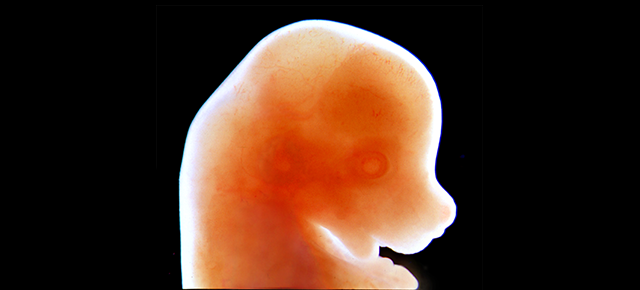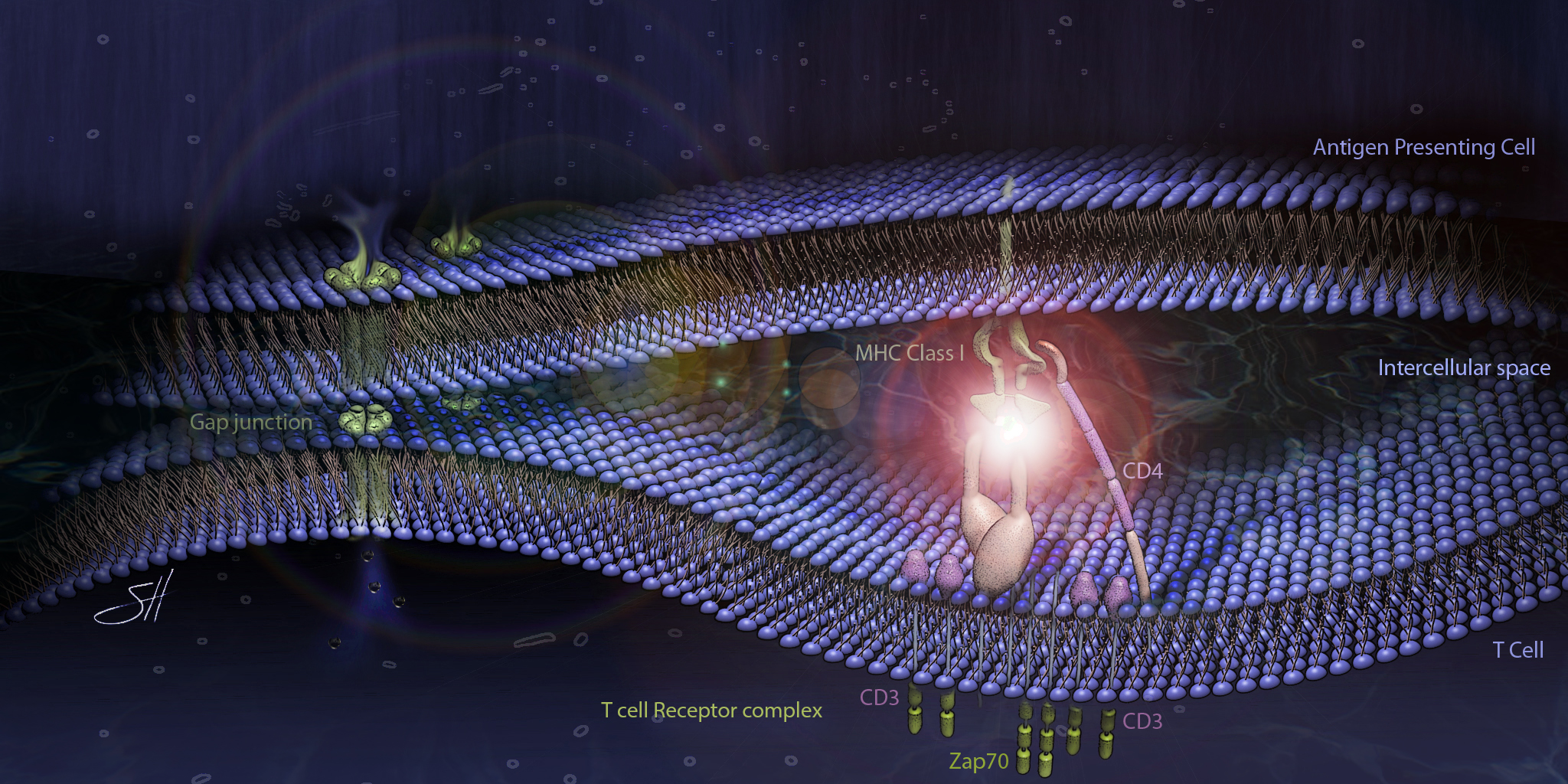Less is more for mouse sprinters
By Ruth SoRelle, M.P.H.
Jamaican sprinter Usain Bolt electrified the world when he won three gold medals at the 2008 Olympics in Bejing – the first man to win both the 100- and 200-meter races in times that broke records. He won his fourth gold medal in 2012 Olympics in London.
If there is a biological reason he is such a phenomenal sprinter, it has remained a mystery. However, researchers at Baylor College of Medicine may be on the track to understanding why some people and mammals run faster than others.
MondoA
When mice lack MondoA, a transcription factor that mediates response to glucose, their ability to sprint is much greater than that of their normal counterparts, said Dr. Lawrence Chan, professor and division chief of medicine – diabetes, endocrinology and metabolism and director of the Diabetes Research Center at Baylor. A report on their work appears online in the Biochemical Journal.
“When we knocked this factor out, we saw very little in terms of phenotype (outward signs),” said Chan. “They look healthy, eat normally and have no major problem we can see with glucose regulation. They do not have diabetes.”
Enhanced glycolysis
However, when they examined the pathways involved in glycolysis (the process of breaking down glucose and enabling the release of energy) in these animals, they found that the mice had enhanced glycolytic capacity.
“They can supply energy in a hurry but not in a sustained fashion,” said Chan. While the mice are set up to be sprinters, they are not designed to be marathoners.
To test their hypothesis, Chan and his colleagues put the mice on treadmills. As they gradually increased the speed of the treadmills, it became obvious that the mice that lacked MondoA ran faster than the normal (or wild-type) mice that had the transcription factor.

However, the mice without MondoA could not sustain the faster speed.
Not marathoners
“If we have them run longer at a moderate speed, they do no better than mice who have MondoA,” said Chan.
“This helps us understand more about the physiology of sprinting,” said Chan. While the finding might tempt those who want to cheat in sports, that is not the motivation of the scientists involved in this research.
“Sprinting has some protective value,” Chan pointed out. “When you see a lion coming at you, you had better sprint.”
Others who took part in this work include Minako Imamura, Benny Chang, Motoyuki Kohjima and Ming Li of Baylor, Byounghoon Hwang, and Robert Harris of the Richard Roudebush VA Medical Center in Indianapolis, and Heinrich Taegtmeyer of the University of Texas Health Science Center at Houston.
Funding for this work came from the National Institutes of Health (Grants R01HL058586, R01DK084496 and P30DK079638 [for the Diabetes Research Center], R01HL061483, a Veterans Affairs Merit Review Award and the Betty Rutherford Chair for Diabetes Research.
Chan holds the Betty Rutherford Chair for Diabetes Research.




Is it possible to get the full reference to the article in Biochemical Journal, please? Thank you.
The full reference to the article is “Imamura M, Chang BH-J, Kohjima M, Li M, Hwang B, Taegtmeyer H, Harris RA, Chan L (2014) MondoA deficiency enhances sprint performance in mice. Biochemical J 464: 35-48. PMID: 25145386”